Navigating Career Transitions: Thriving Through Change
Career transitions can be both exciting and daunting. Whether stepping into a new role, changing industries, or re-entering the workforce, navigating these changes requires careful planning and a positive mindset. For female professionals, these transitions can come with unique challenges and opportunities. Here are some tips to help you successfully navigate career transitions and thrive in your new professional journey.
1. Self-Assessment: Understand Your Goals and Skills
Before making any career transition, take the time to reflect on your career goals, strengths, and areas for improvement. Ask yourself:
- What are my long-term career aspirations?
- What skills and experiences do I bring to the table?
- What new skills do I need to acquire for my desired role?
This self-assessment will help you identify your career path and create a plan to achieve your goals.
2. Leverage Your Network
Networking is crucial during career transitions. Reach out to your professional network for advice, referrals, and support. Attend industry events, join professional organizations, and engage with online communities related to your field. Building relationships with mentors and peers can provide valuable insights and open doors to new opportunities.
3. Continuous Learning: Invest in Your Development
Stay competitive by continuously updating your skills and knowledge. Enroll in courses, attend workshops, and pursue certifications relevant to your new career path. This commitment to lifelong learning will enhance your qualifications and demonstrate your dedication and adaptability to potential employers.
4. Tailor Your Resume and Online Presence
Your resume and online presence should reflect your new career goals. Update your resume to highlight relevant experiences, skills, and accomplishments. Tailor your LinkedIn profile and other professional social media accounts to align with your desired role. Consider writing articles or sharing content related to your new field to establish yourself as a thought leader.
5. Embrace Flexibility and Adaptability
Career transitions often involve stepping out of your comfort zone and adapting to new environments. Embrace flexibility and be open to learning from new experiences. Understand that there may be a learning curve, and give yourself the grace to grow and develop in your new role.
6. Seek Support and Mentorship
Finding a mentor with experience in your desired field can provide invaluable guidance and support. Mentors can offer insights into industry trends, share their experiences, and help you navigate challenges. Additionally, seek support from family and friends to help you manage your career transition’s emotional and practical aspects.
7. Stay Positive and Persistent
Career transitions can be challenging, but maintaining a positive attitude and staying persistent is key. Celebrate small victories along the way and keep your long-term goals in mind. Remember that setbacks are a natural part of any transition, and each challenge is an opportunity for growth.
8. Align Your Personal and Professional Goals
Ensure that your new career path aligns with your personal values and goals. Consider factors such as work-life balance, company culture, and job satisfaction. A career that aligns with your personal aspirations will lead to greater fulfillment and success in the long run.
Navigating career transitions as a female professional requires strategic planning, continuous learning, and a supportive network. By understanding your goals, leveraging your network, investing in your development, and staying positive, you can successfully transition into a new role and achieve your career aspirations. Embrace the journey with confidence and resilience, and remember that each step forward is a step toward a fulfilling and successful career.





